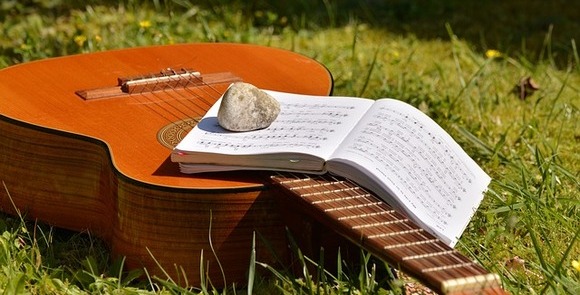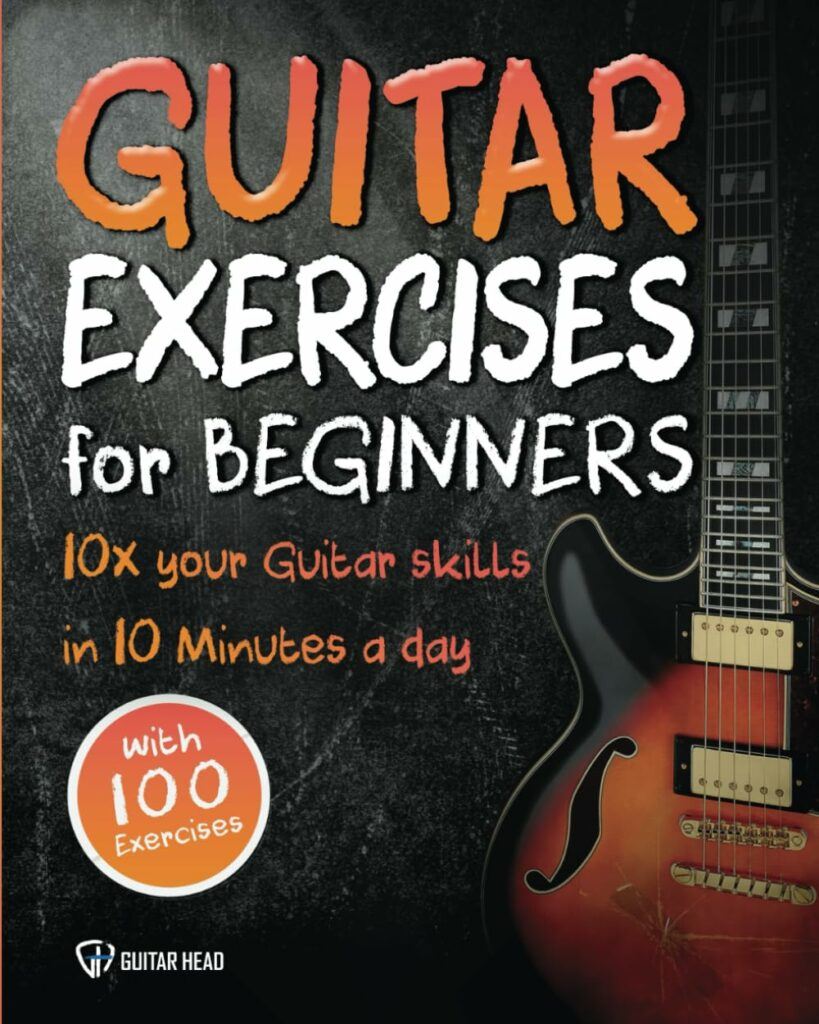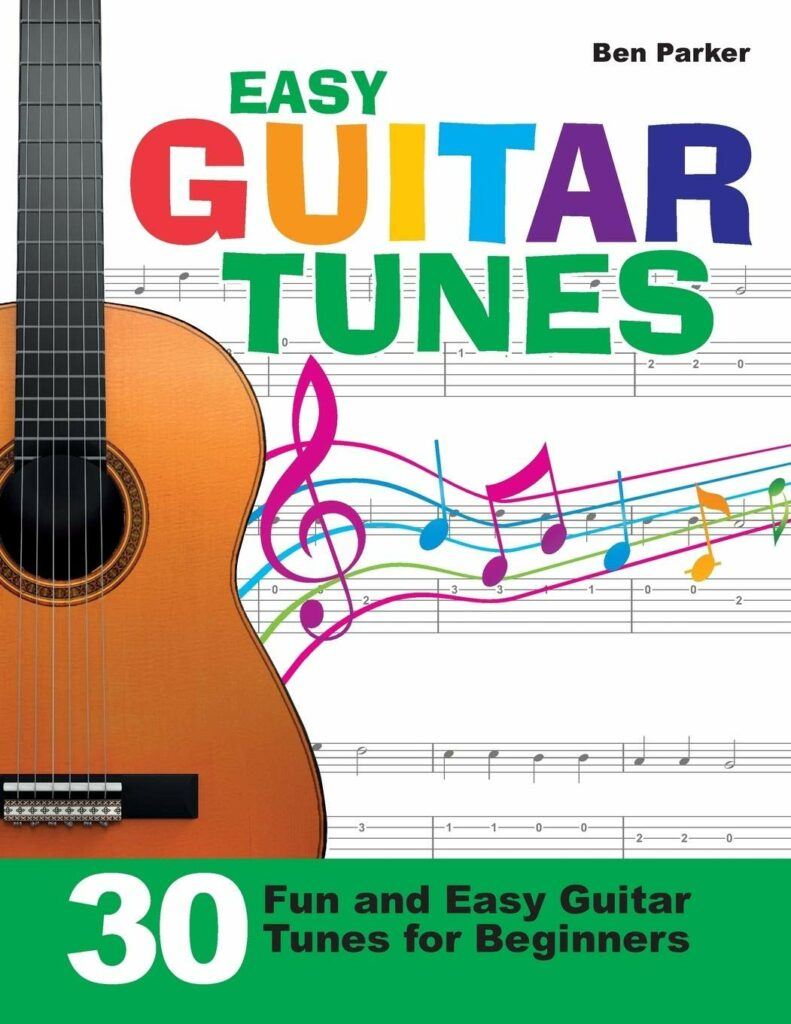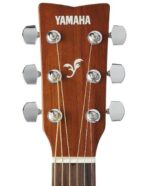1. Increased Learning Curve
Learning to play the guitar with one hand is already challenging, and doubling that effort for both hands adds to the learning curve. You’ll need to dedicate more time to practice to build up muscle memory in both orientations. Beginners and intermediate players may feel frustrated initially as they have to start from scratch when switching hands.

2. Mental Fatigue
Playing with the non-dominant hand can be mentally taxing, especially when transitioning between both orientations. You may experience increased mental fatigue as your brain tries to adapt to new movements and coordination patterns. This can slow down progress if not managed properly with balanced practice sessions.
3. Guitar Setup and Instrument Differences
A left-handed guitar is not simply a mirrored version of a right-handed one. Switching between the two requires either having two guitars (one for each hand) or learning how to string and reconfigure a guitar for left-handed playing. Not all guitars are easily adaptable for both orientations, which can complicate things. Players might need to purchase left-handed guitars or adjust right-handed ones.
Techniques for Learning to Play Both Left and Right-Handed
1. Start with the Dominant Hand
If you’re completely new to the guitar, it’s recommended to start with your dominant hand first to establish a strong foundation. Once you’ve developed good finger strength, muscle memory, and an understanding of the basics, you can begin experimenting with your non-dominant hand. Advanced guitarists, however, may be able to jump into playing both-handed early on.
2. Use Mirror Exercises
One effective way to learn to play with your non-dominant hand is to practice mirror exercises. Sit in front of a mirror and watch your hands as you play with your dominant hand. Then, switch to your non-dominant hand and replicate the motions you saw in the mirror. This visual technique helps the brain connect the hand movements with the guitar’s layout.
3. Re-Learn Basic Chords and Scales
When switching to your non-dominant hand, it’s essential to treat it as if you were a beginner again. Re-learn basic chords, scales, and finger positions as if you’re starting from scratch. Focus on muscle memory, slowly building up the strength and accuracy needed to play cleanly with the new hand.
4. Practice Symmetry
To ease the transition, practice symmetrical exercises where both hands are equally engaged. For example, you can play scales and arpeggios that require alternate picking or fingerstyle techniques. This ensures that both hands are trained equally and that they work together in harmony.
5. Create a Balanced Practice Schedule
One of the biggest challenges of learning to play guitar both left and right-handed is managing your practice time. Be sure to create a balanced practice schedule where you allocate equal time to practicing both orientations. Focus on key areas such as chord transitions, scale fluency, and finger independence in both hands.
Left-Handed vs. Right-Handed Guitars: Things to Consider
1. Guitar Design Differences
Most guitars are designed for right-handed players, and left-handed guitars are more difficult to find. Additionally, converting a right-handed guitar to a left-handed one may require adjustments to the nut, bridge, and intonation. Be sure to consult a professional if you plan on modifying your instrument.
2. Ambidextrous Guitar Models
Some guitarists invest in ambidextrous guitar models or instruments that are specifically designed for both left and right-handed playing. These guitars often feature adjustable setups that can accommodate both orientations with ease.
Conclusion
Learning to play the guitar with both your left and right hands is a challenging but incredibly rewarding pursuit. While it comes with its fair share of difficulties, including a steep learning curve and the need for additional practice time, the benefits are undeniable. From enhanced coordination and creativity to greater musical flexibility and instrument mastery, ambidextrous guitar playing can take your musicianship to the next level.
Whether you’re an aspiring guitarist or a seasoned player looking to expand your skills, learning to play the guitar both left and right-handed is a journey that can open up new musical horizons and deepen your understanding of the instrument. With patience, dedication, and the right techniques, you can achieve ambidexterity and unlock a new dimension of guitar playing.







